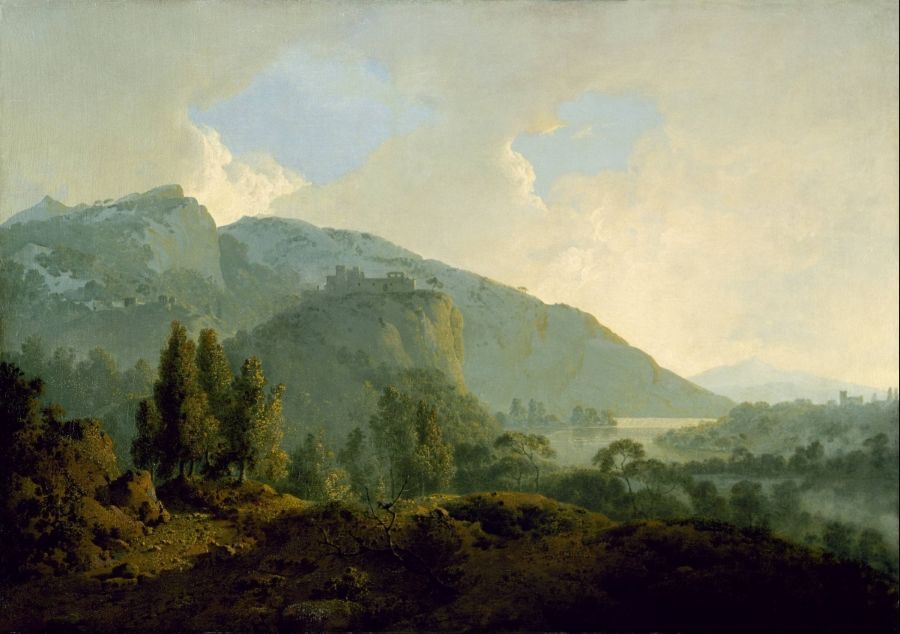Landscape Painting: How to Find Inspiration

The history of landscape painting goes back as far as the Renaissance period, when artists such as Leonardo da Vinci and Michelangelo were inspired by nature’s beauty and painted breathtaking landscapes. Since then, the tradition has been carried on by numerous great painters who created stunning works that capture a moment in time or a feeling.
When it comes to painting beautiful landscapes, professional techniques and tips are essential. To create a successful landscape painting, you need to understand the fundamentals of perspective, composition, value, light and color. It is important to get these basic elements right as this will help you express your creative vision and make your artwork stand out. Taking classes or workshops, studying books and tutorials, or looking at works of art by experienced painters are great ways to develop your skills.
Throughout history, some of the most famous landscape paintings have been created by masters such as Claude Monet, Vincent van Gogh and Paul Cézanne. Each artist has his own unique style that evokes emotion and captures a moment in time. By studying their works, you can get inspired to create your own masterpieces.
Finding inspiration for your landscape paintings is key. Taking a walk in nature or visiting art galleries can help you find new ideas and techniques. You don't even have to leave the house! Looking at photographs of landscapes or paintings by famous artists can give you a boost of creative energy.
When it comes to choosing the best medium for painting landscapes, there are many options. Acrylics and oils are great because they allow you to blend colors easily and achieve an impressive level of detail. Watercolor is also popular due to its transparency and vibrant colors. Finally, pastels are the perfect choice if you want to create soft and dreamy landscapes.
If you are just starting out in landscape painting, it can be overwhelming. But don’t worry! Start small and practice as much as possible. Break down complex scenes into simple shapes and use basic colors to recreate them. Experiment with different materials and techniques and don’t be afraid to make mistakes. Remember, there is no one-size-fits-all approach – find your own unique style and enjoy the process! With dedication and practice, you can create stunning landscapes that will amaze everyone.
Good luck on your artistic journey!

D'Artisan Shoppe Professional Brushes
15PCS: 4 natural hog hair bristle brushes and 11 synthetic bristle brushes

